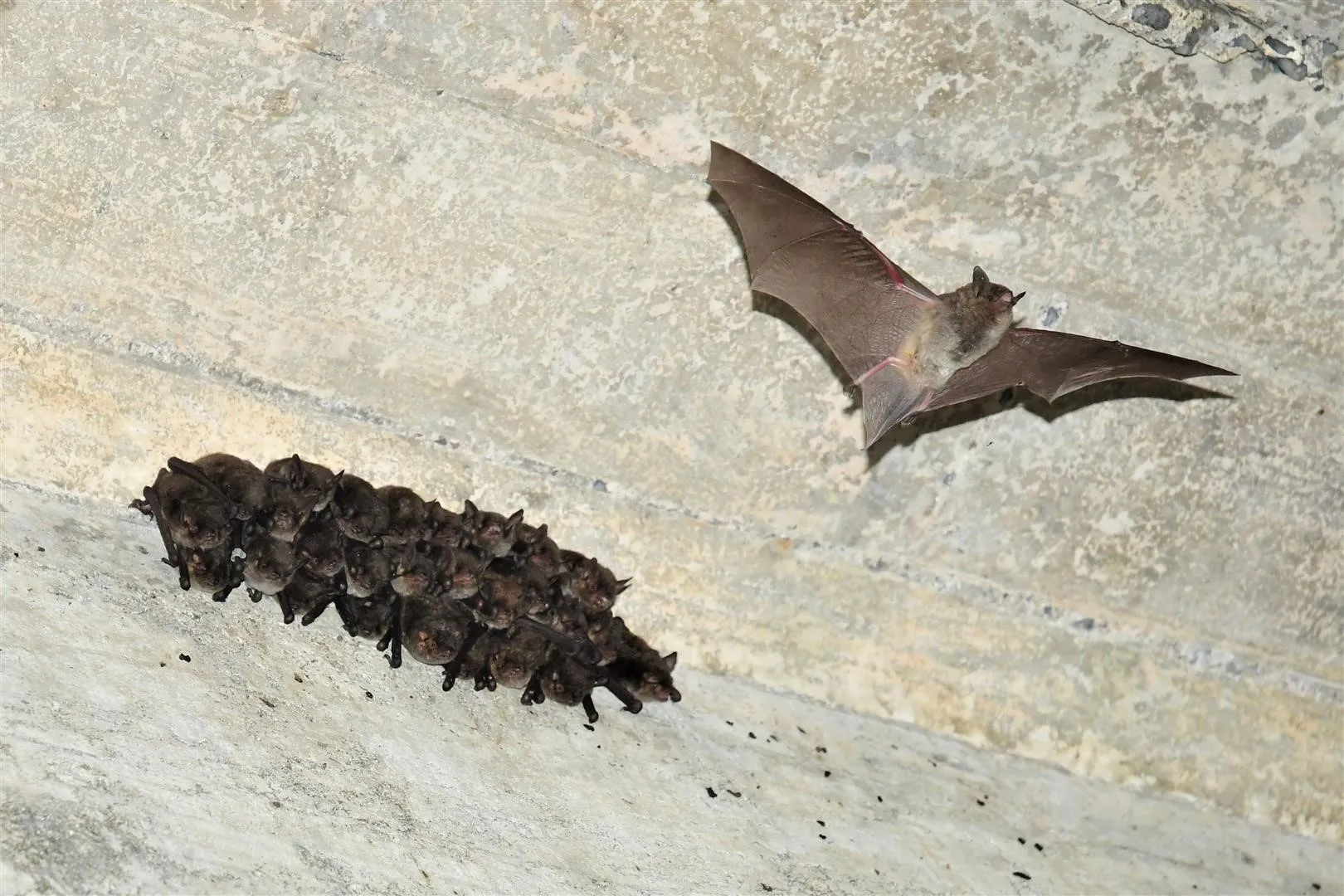Don't Destroy the Local Ecosystem: Remain in Compliance with PILLAR
Rest Area Bat Study

Problem
For the proposed reconstruction of 3 safety rest areas along the I-95 corridor, VDOT was required to comply with the Endangered Species Act (ESA) to ascertain if the Northern Long-eared Bat and/or the Indiana Bat had nesting habitats within the construction area.
Solution
PILLAR utilized Eric Wolf of Biotic Systems Assessments, a USFWS-approved surveyor for endangered bats, to perform acoustic surveys following USFWS Survey Guidelines at the 3 safety rest areas. The survey determined that neither the threatened and endangered Northern Long-eared Bat nor the Indiana Bat was present.
Approach
The surveyor performed the following tasks to ensure VDOT was in compliance with the ESA and endangered and threatened bat populations were not harmed:
- Gathered appropriate locational and habitat data from each project area based on sponsor input and interpretation of GIS and aerial imagery.
- Determined appropriate methodology and sampling locations based on Task 1 and current USFWS guidelines.
- Phase 2 acoustic surveys were conducted within all 3 project areas before the end of the approved sampling period.
- Processed and analyzed collected acoustic data using USFWS-approved analysis software packages: Kaleidoscope Pro v2.0.5 and BCID Program
- Provided a draft report with summarized results to the sponsor for comment.
- Provided a final report, including management recommendations and data deliverables.
The surveyor followed USFWS protocols and used acoustic detection techniques for the Phase 2 Presence-Absence survey. Protocol mandates that all survey activities must be completed within the approved sampling period of May 15th and August 15th when bat activity is highest.
The surveyor collected acoustic data using 2 or more USFWS-approved AnaBat II detectors within each project area for a minimum of 2 consecutive calendar nights at each location. The survey focused on high-frequency (≥35 kHz) and myotis call frequency ranges that included both the northern long-eared and Indiana bats. The surveyor also screened for other bat species with potentially concurrent ranges.
The surveyor collected the following data: detector GPS coordinates, survey dates, survey hours, output/summary results by site by night (i.e., number of calls detected, species composition, etc.), photographs of each acoustic site documenting the location of the detector, and all other information required by USFWS to certify presence or presumed absence of threatened or endangered bat species in the project areas.

Let's Talk
Complete the form below to start a conversation with PILLAR.
